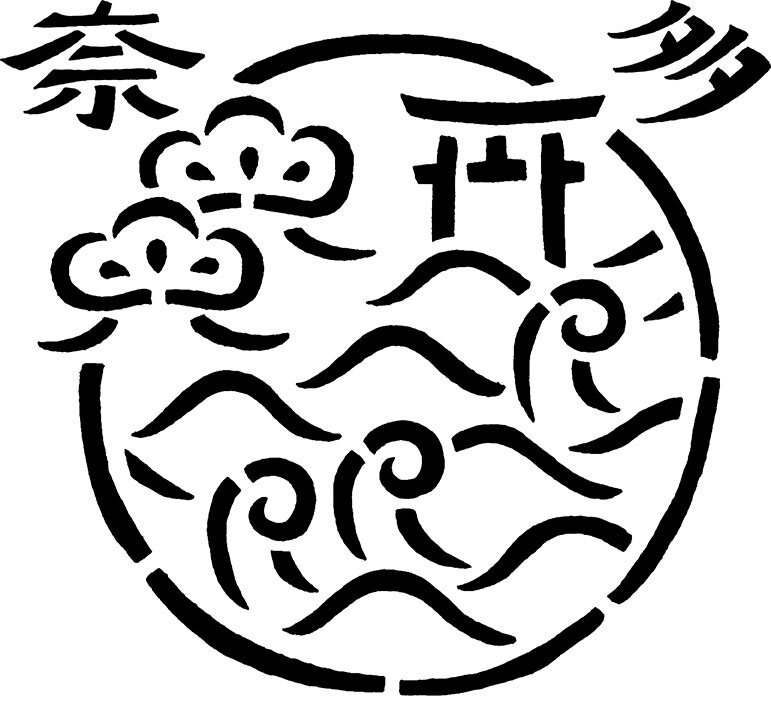
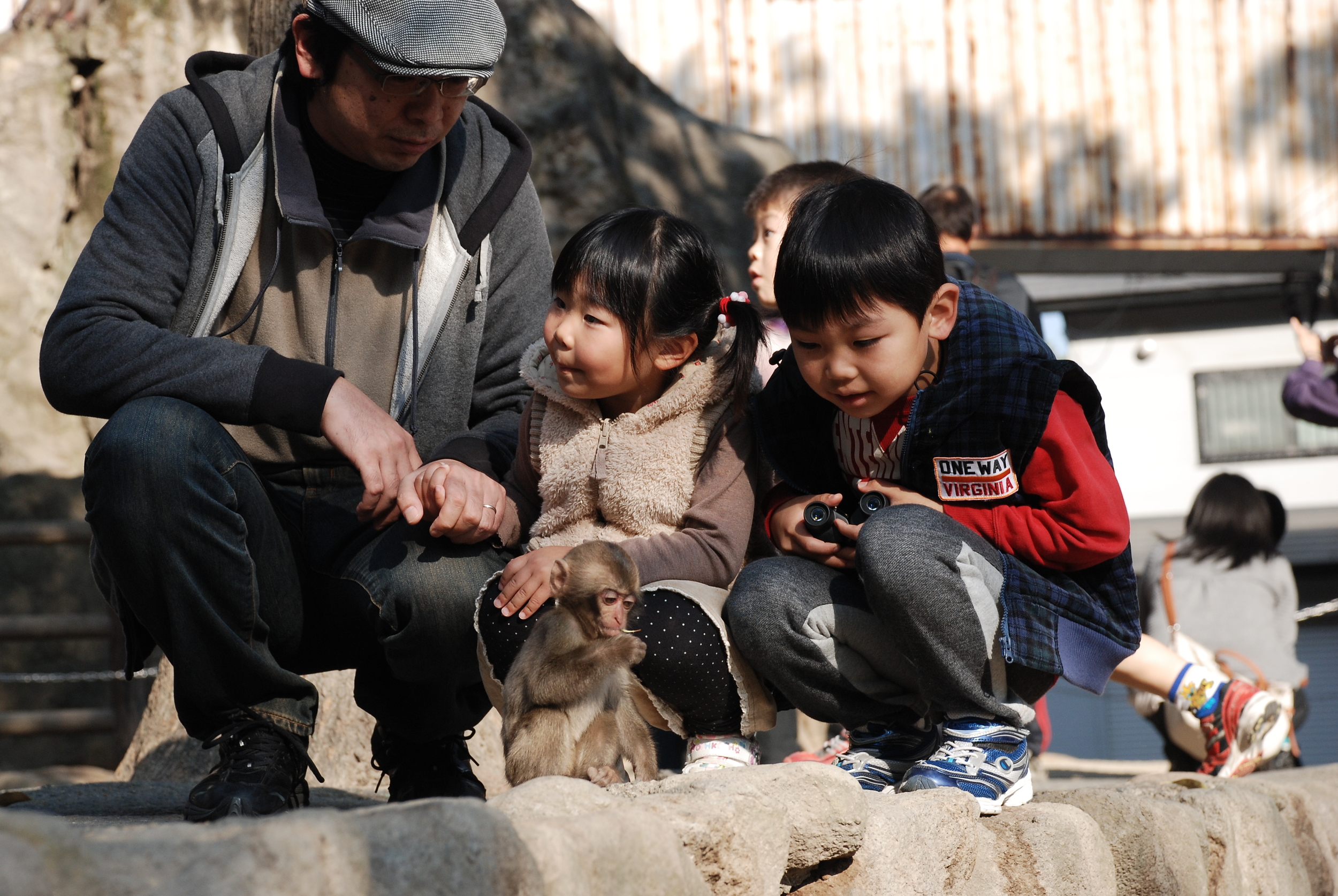
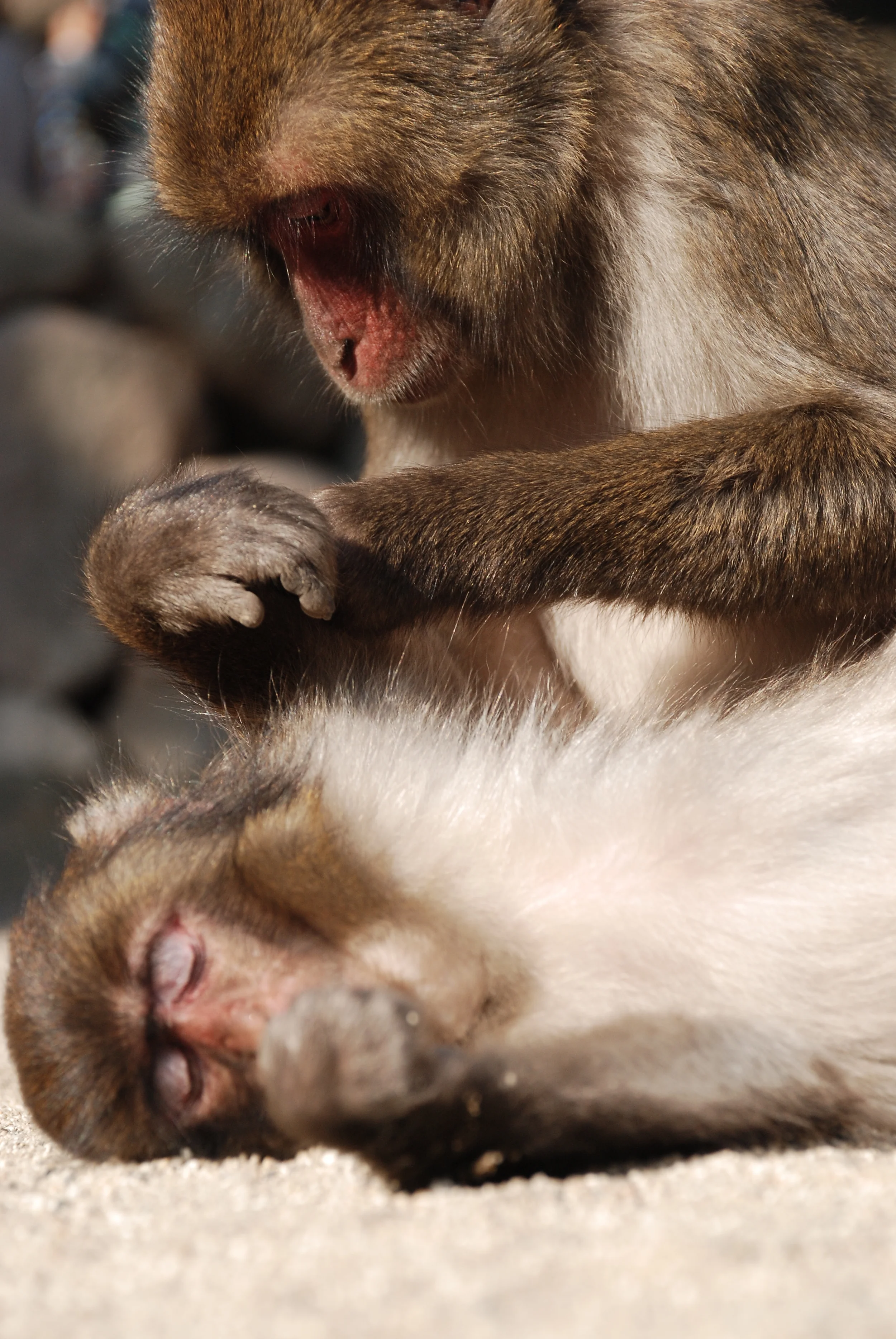
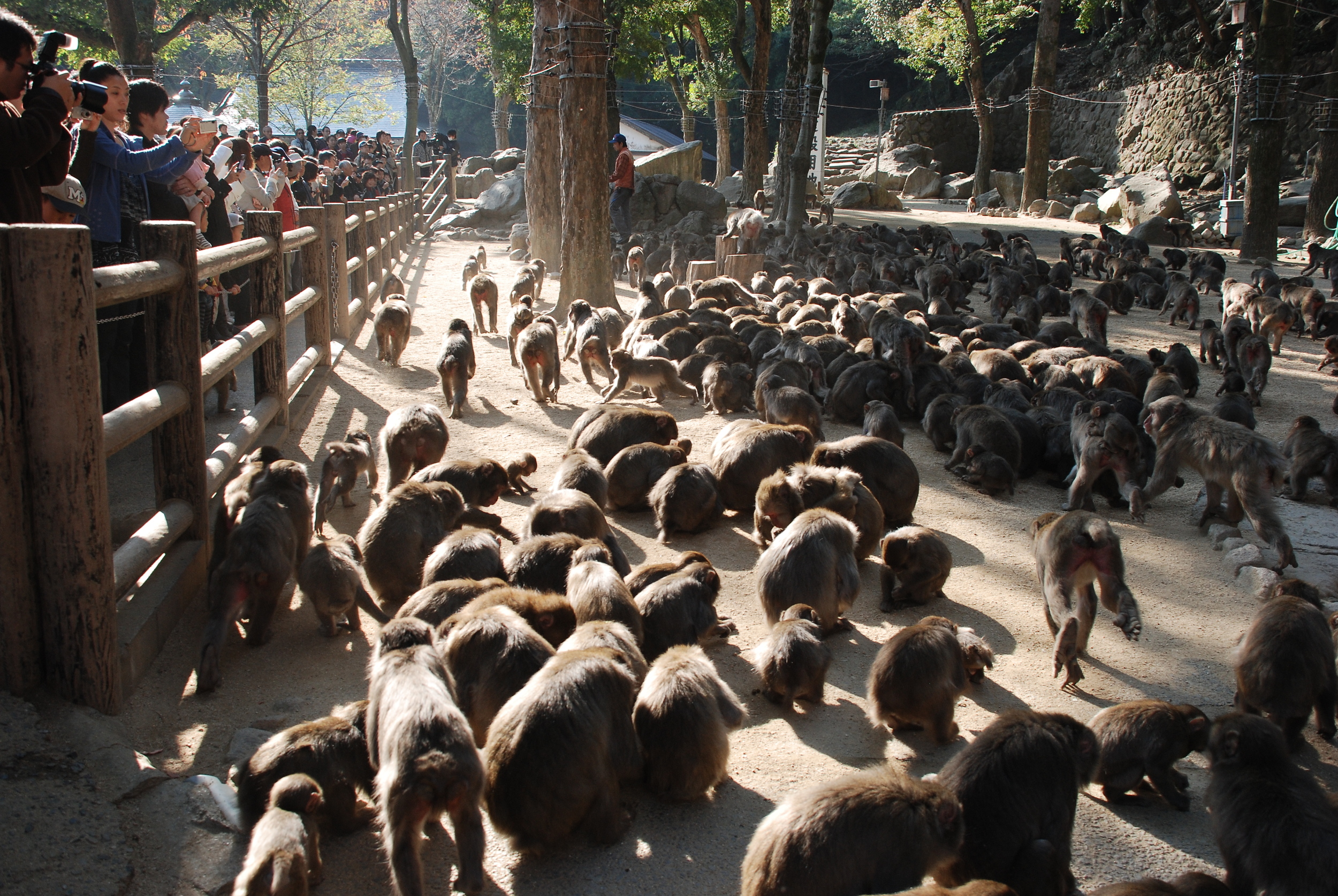
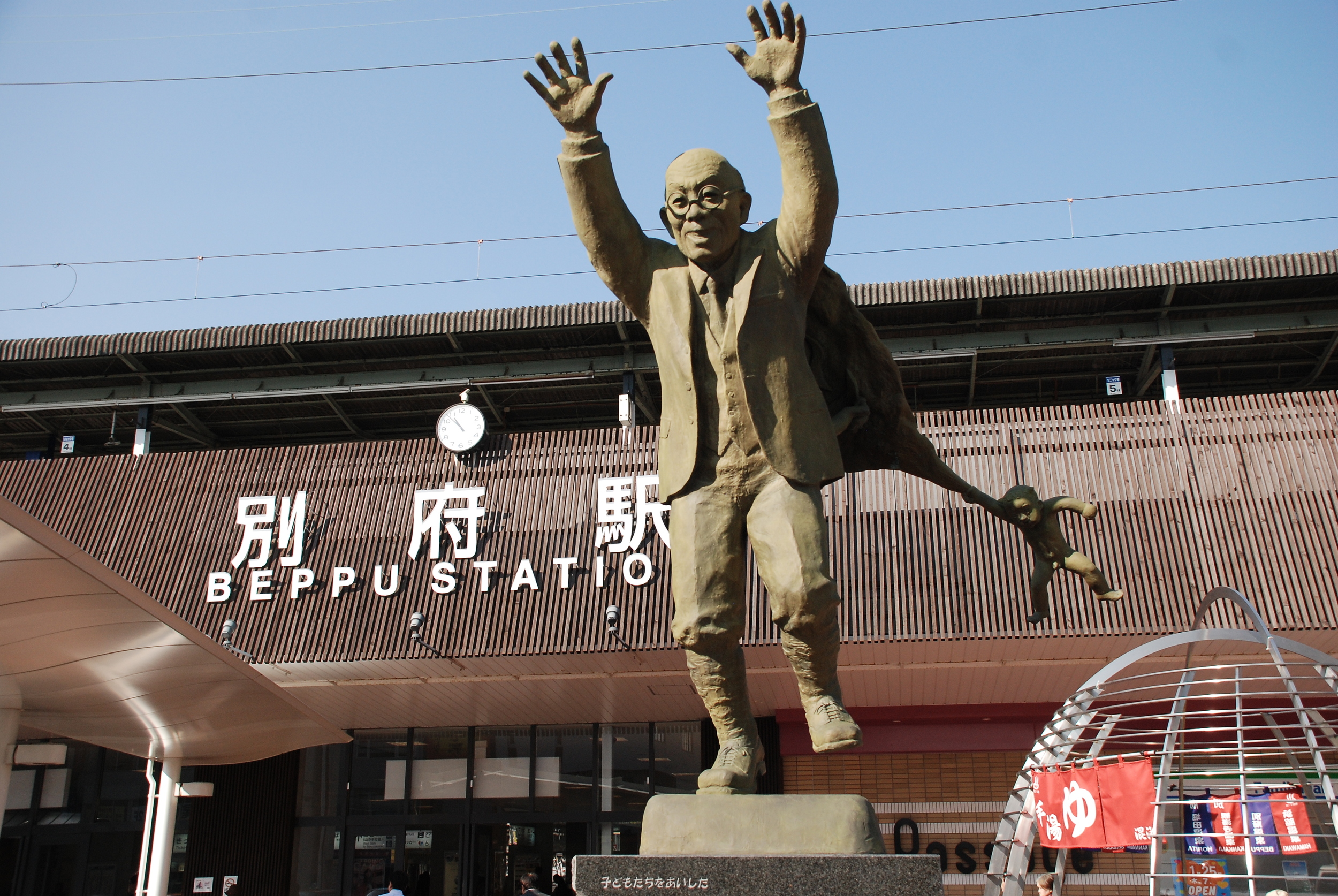
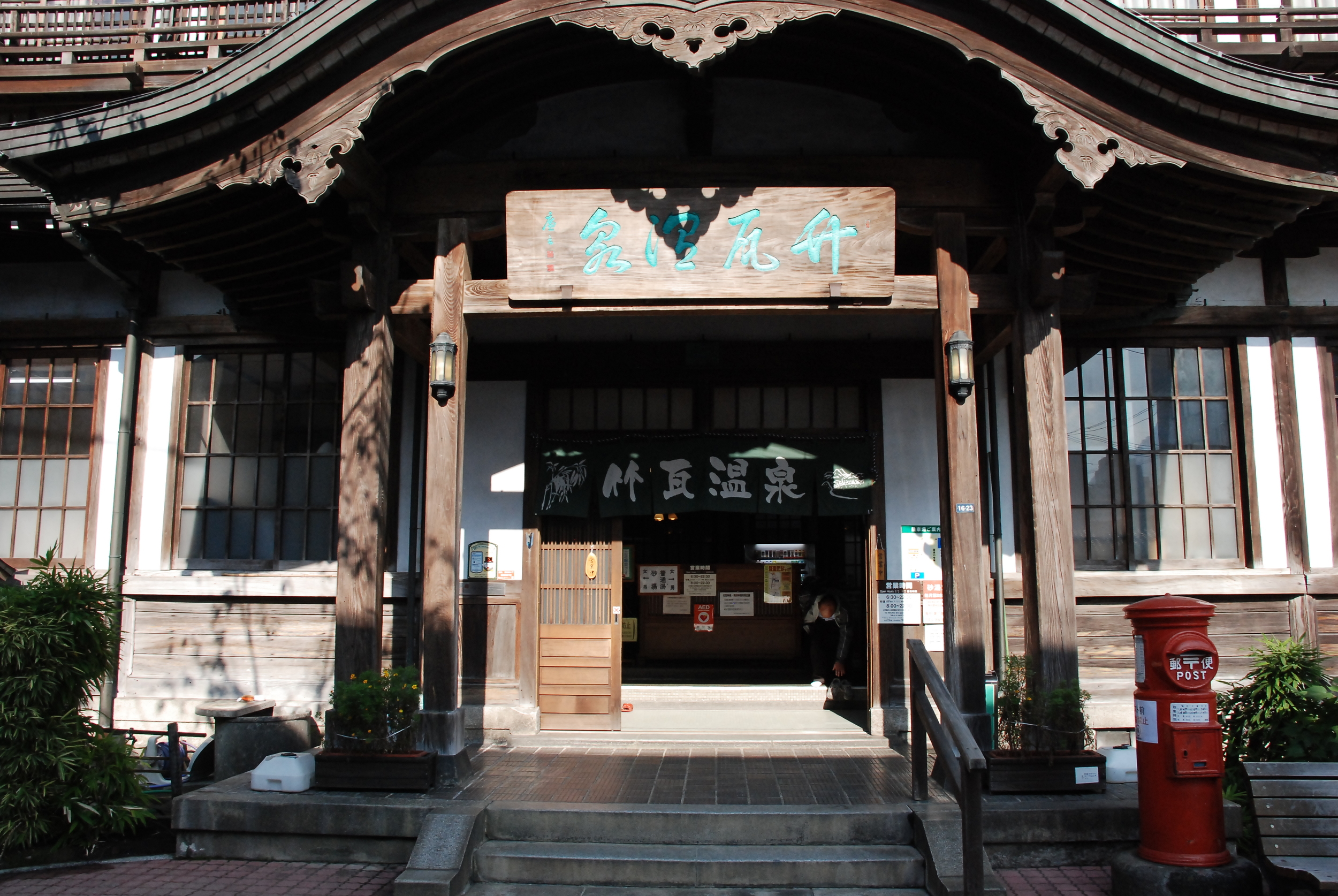
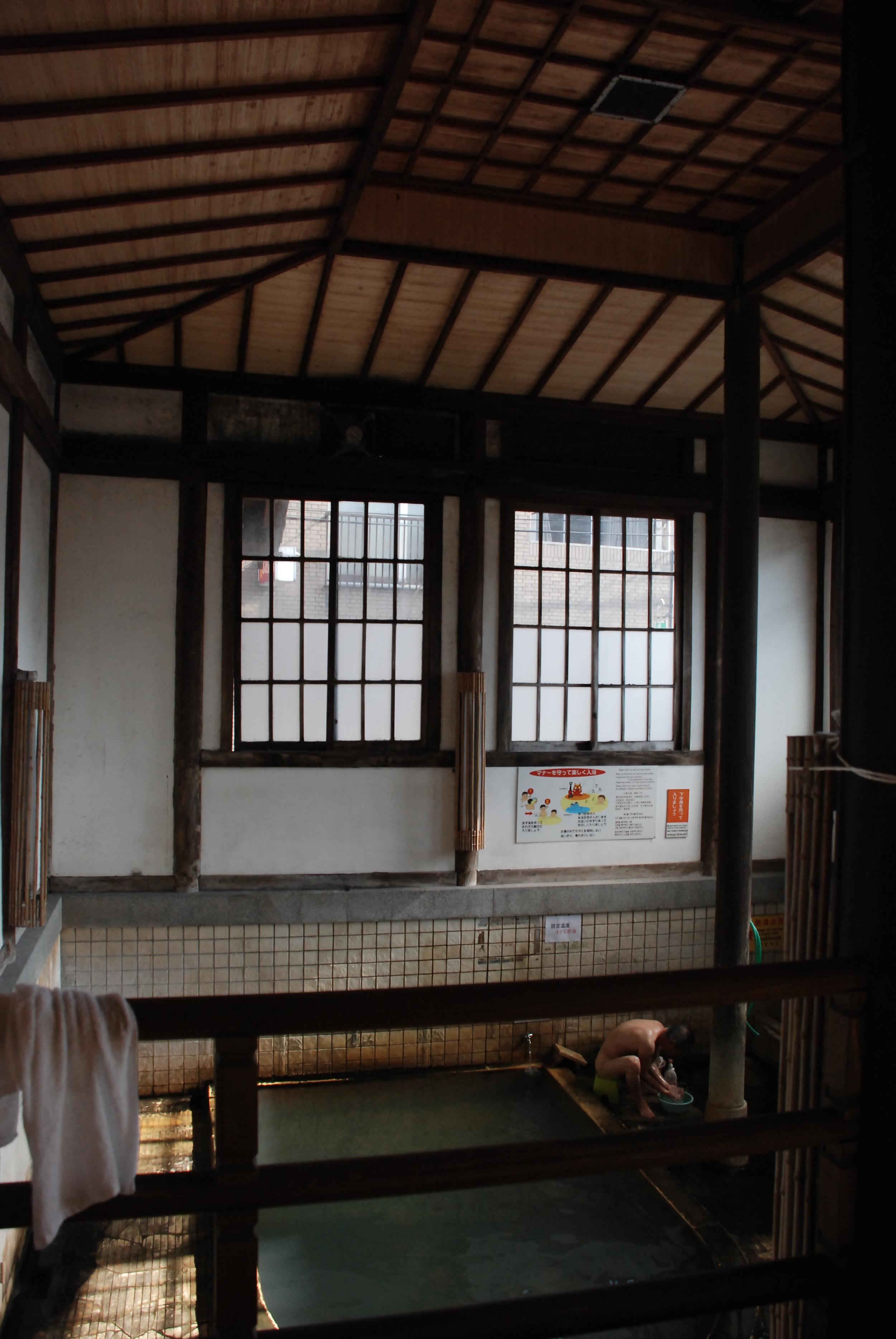
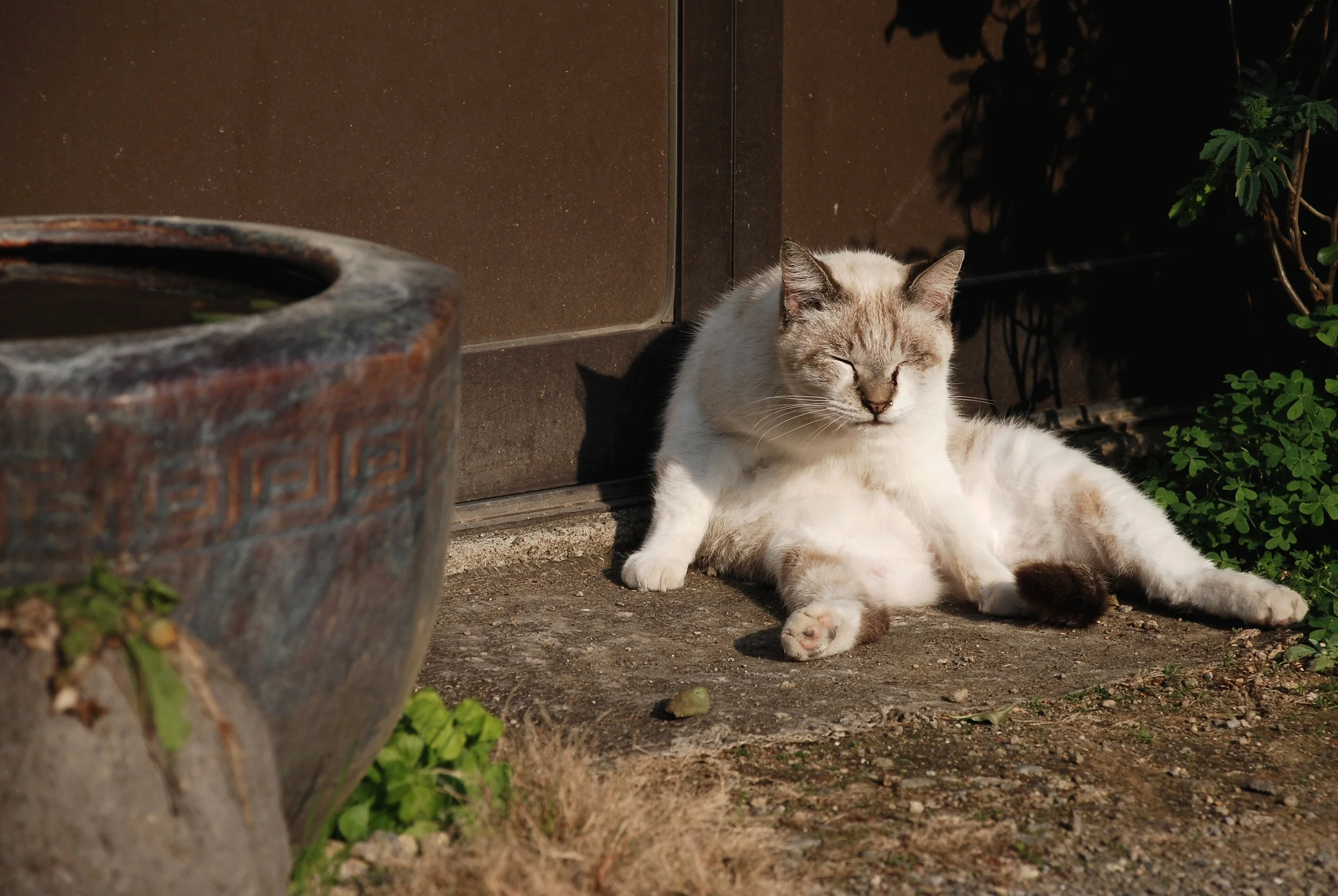
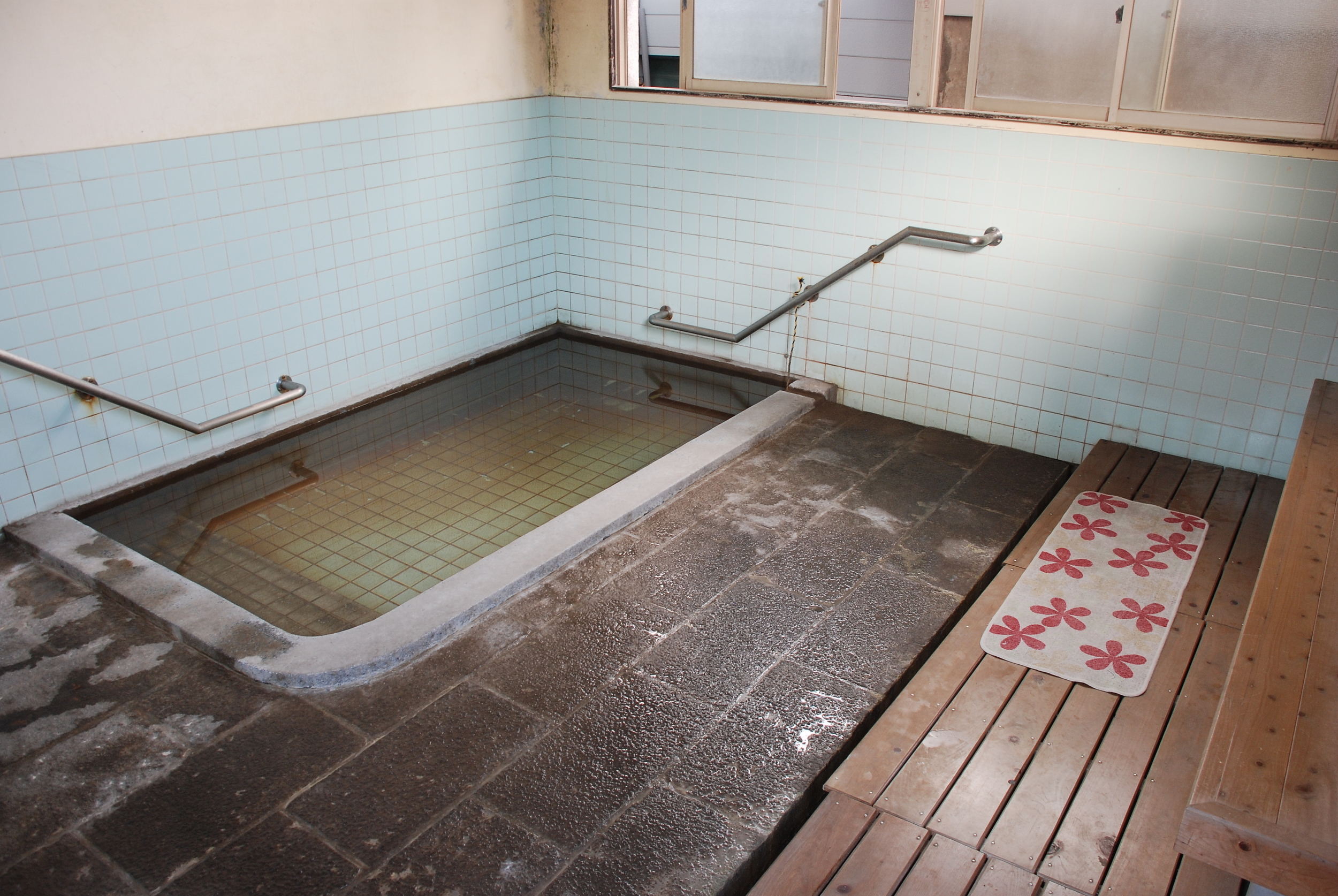
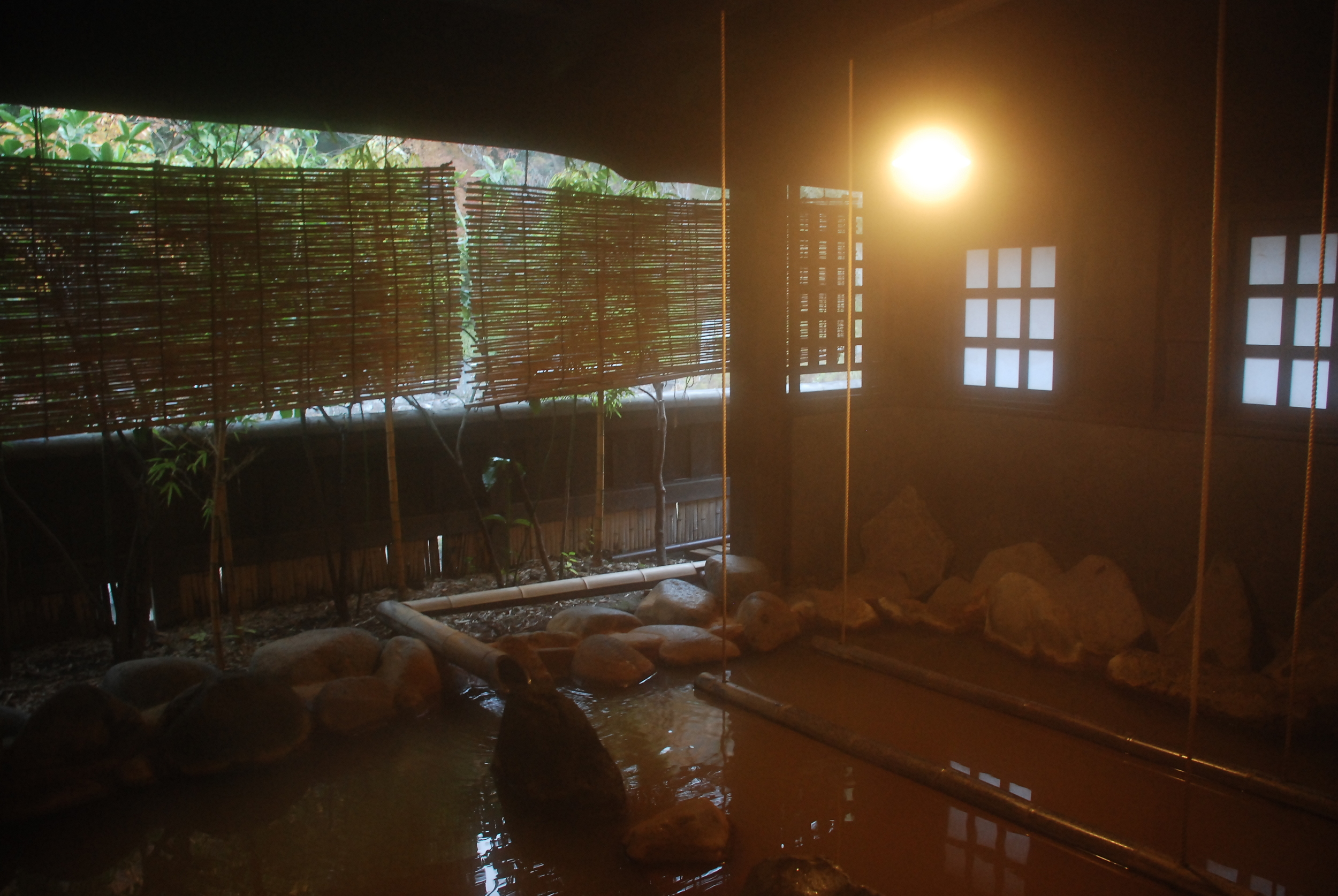
Getting into hot water in Beppu
Photos and story by Tetsuo Nakahara - Published on Stripes Japan
Soaking in a natural hot spring, or “onsen,” is one of the most popular Japanese pastimes during the cold winter months. I know just the place to enjoy this truly amazing way to kick back and take in nature – a must-do activity while you’re in the Land of the Rising Sun.
Beppu, Oita Prefecture is on Japan’s Southern island of Kyushu is what is known as the nation’s hot spring capital. The city boasts the second largest volume of hot spring waters in the world, after Yellowstone National Park in the U.S.
Beppu has more than 2,800 hot spring vents, which unleash more than 27,000 gallons of hot water per minute. In Japan, there are 11 different categories of hot springs, which are classified according to their mineral composition such as sulfur, alkaline soda, hydrogen carbonate or acidic – each said to help cure different types of ailments. Only in Beppu can you enjoy 10 of these 11 types of springs – each with its own color, smell and efficacy – to find out which one you like best.
Because of the legendary therapeutic powers of its myriad of springs, Beppu attracts more than 12 million visitors each year. Nestled between the mountains and the sea, the city is divided into eight different hot spring areas. Each area has a variety of accommodations, from traditional “ryokan” inns to modern spa resorts.
Enjoy a leisurely stroll around old Beppu where the odor of sulphur from hot springs fills the air. You will probably see locals walking with their bath buckets, towels and soap heading to one of the many town onsen. There are several public onsen in walking distance from JR Beppu Station. Many are small, rustic and old; however, they are cherished by locals, and part of their lifelong daily routines. Admission is only 100 to 200 yen ($1 to $2) at these public hot springs. They are well worth a try for a good soak, and a chance to soak in a rare glimpse of old-town charm.
In Beppu, you can also experience some unique onsen treatments such as sand baths, where you are buried from the neck down in black, heated sand. At Beppu Kaihin Sunayu, you pay 1,000 yen at the entrance and receive a “yukata,” or traditional Japanese bath clothes. You put them on and walk to an area right on the beach and friendly attendants bury you in hot black sand. (I thought, “Wouldn’t it be nice to be buried here when it’s time to go six feet under?”)
The truth is that the sand is so heavy you can’t move once you’re buried, so this may not be for everyone. (I had a fly buzzing around my head that I could not shoo away; one sand bath is probably going to be enough for me.) After 15 minutes, you will be rescued by an attendant and can head for the indoor shower and bath. It is quite refreshing and warms you to the core. You can also enjoy sand baths at Takegawara Onsen (100 yen admission 1,000 yen for the bath), the city’s most famous and oldest onsen that dates back to the Meiji Era (1868-1912).
There is also a mud bath at Beppu Onsen Hoyo Land, admission is 1,050 yen. With a huge amount of mud in the bottom of the bath, this onsen is absolutely unique. You rub the mud unto your body and let it sit for a while because it is supposed to make your skin very smooth. It contains lots of metals such as 195 milligrams of iron and 107 milligrams of aluminum per kilogram of water. There are both indoor and outdoor baths. The outdoor bath is for men and women, but there is a divider in the middle separating the two.
If you are lucky, one of the locals may show you the way to a secret hot spring that can be only be reached by hiking a mountain. Watching large clouds of steam rise from the natural hot springs over the mountains as you soak is truly an unforgettable experience.
‘Hell hopping’
“Jigoku Meguri,” or Hells Hopping, is famous attraction in Beppu. There are eight “Hells” in Beppu which are multicolored volcanic springs that are meant for viewing only because they are too hot to bathe in. Each hell boasts its own theme, such as Sea Hell (consisting of bright, cobalt-blue hot water), Monk’s Hell (where the emerging grey bubbles look like the shaved heads of monks), or Blood Pond Hell (where hot water containing red melted clay gushes out). Six of the hells are located in the Kannawa district and two in the Shibaseki district.
For more information on Jigoku Meguri, visit www.beppu-jigoku.com/images/English.pdf
Monkey Mountain
Mount Takasaki is also a popular sightseeing spot in Beppu, thanks to more than 1,000 wild monkeys that live there. The monkeys are fed regularly by park wardens in order to keep them on the mountain and to prevent conflicts with farmers and residents in the neighborhood; admission is 500 yen ($5).
For more information on Takasaki Yama, visit www.takasakiyama.jp/takasakiyama/en
Onsen etiquette
When in Rome, do as the Romans. The same goes for an “onsen,” or Japanese hot spring. Onsen are public spaces where people come to relax and enjoy. It is the perfect opportunity to communicate with locals while sharing a bath. There are, however, some must-dos and don’ts.
- Wash before soaking: Everyone shares the onsen water. To keep it clean, it’s important to wash and rinse yourself thoroughly wash yourself with soap and water from a nearby tap, while sitting on a stool before getting into an onsen. (Soap and shampoo may be provided.) Tidy up your space for others after you finished washing. Make sure that no soap gets into the onsen water.
- Strip down: In an onsen, wearing a large towel or a swimsuit is forbidden, unless it is a spa or similar facility that expressly requires it. You must disrobe completely. If you find the idea of appearing naked in front of others too uncomfortable, private baths are available for a fee.
- Chill out: An Onsen is a place to relax. No jumping into the water or swimming. Loud boisterous talking should also be avoided.
- Wear a ‘head towel’: You will see many people wearing small wash towels on their heads while soaking in an onsen. This is because you should never rinse or let your towel touch the water. So what better place to keep it? A towel wet with cold water is also a good way to keep from overheating.
- Towel off: Before entering the changing room after bathing, towel off excess water to keep the floor dry and safe for others.
- Take a break: Some say that soaking in hot onsen water can consume as much energy as running at full speed. It is important get out of the water and rest from time to time and make sure you don’t get dehydrated. You may also want to avoid soaking after drinking alcohol, vigorous exercise or immediately before or after eating.
- In most onsen, taking photographs is not allowed.
It may be too bad for tattoo you
In most onsen, or hot springs, people with tattoos are not allowed to enter. This is because historically tattoos have been associated with “yakuza,” or gangsters in Japan (stemming from an even earlier practice of tattooing known criminals for identification).
Although many younger people have tattoos for fashion these days, the practice of shunning the tattooed still persists (in many public bathhouses and commercial gyms, as well). The rule also applies to foreigners. So, you may be refused entry into an onsen if you have very visible tattoos.
If you have smaller less visible tattoos, however, it may be possible to cover them with a waterproof bandage. Another option is to use an onsen with a private bath. However, there will be an additional cost.
- See more at: http://japan.stripes.com/travel/getting-hot-water-beppu#sthash.IcuFLR0p.dpuf
